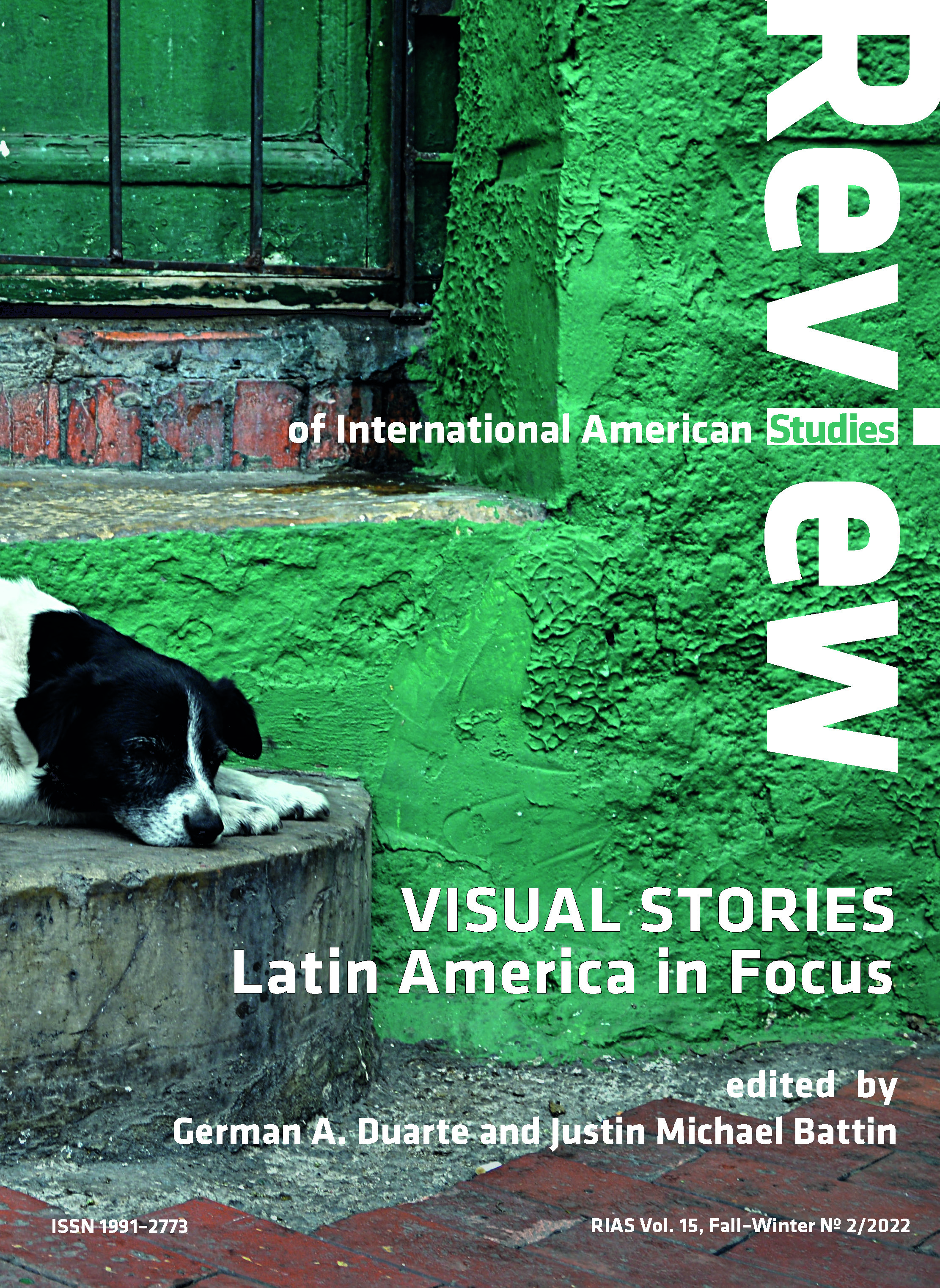

 https://doi.org/10.31261/rias.14740
https://doi.org/10.31261/rias.14740
Español
La ilustración costumbrista del siglo XIX en Colombia se concentró en la representación de las expresiones culturales nacionales. Desde el análisis iconográfico de dos ilustraciones representativas, realizadas por Ramón Torres Méndez en ese periodo, identificaremos elementos que sirvieron para la construcción de una identidad cultural. Los elementos que conforman dichas expresiones, sin embargo, son el resultado de una mezcla de otras formas de expresión cultural; europeas, americanas y africanas. Este mestizaje, siempre presente, se extiende hasta nuestros días y se puede apreciar en manifestaciones más contemporáneas como el pop, en particular, el movimiento del rock en español en la década de 1990.
English
The costumbrista illustration of the 19th century in Colombia, after independence, focused on the representation of national cultural expressions. From the iconographic analysis of two representative illustrations, made by Ramón Torres Méndez in that period of time, it is possible to identify elements that contribute to the construction of a cultural identity. The elements that make up these expressions, however, are the result of a mixture of other forms of cultural expression, namely European, American, and African. This miscegenation, always present, extends even today and can be seen in more contemporary manifestations such as pop, in particular, of which is the key focus of this article.
Download files
Citation rules

Vol. 15 No. 2 (2022)
Published: 2022-12-31
 10.31261/RIAS
10.31261/RIAS